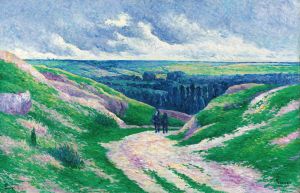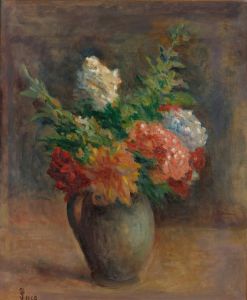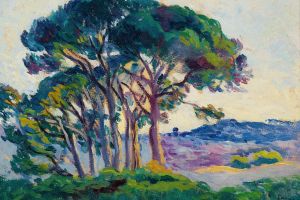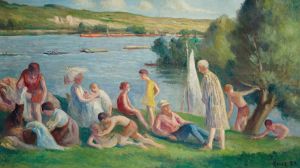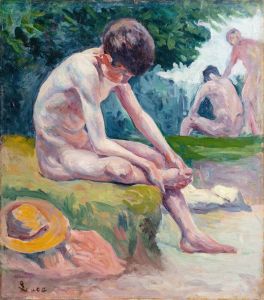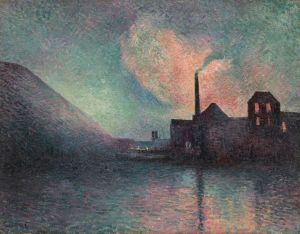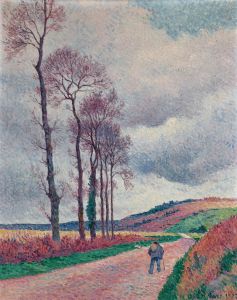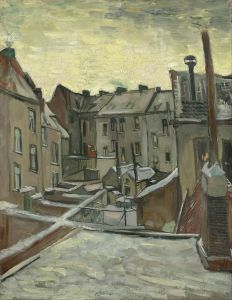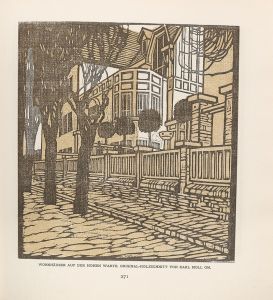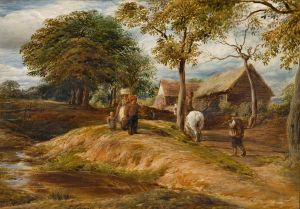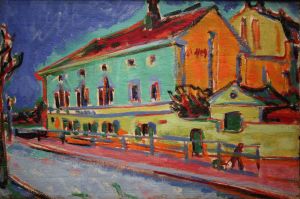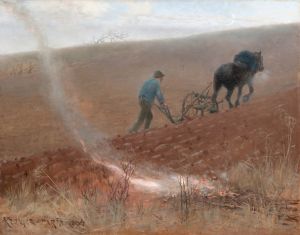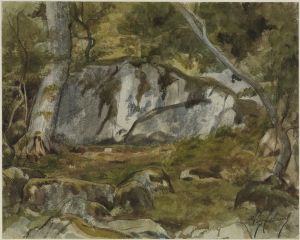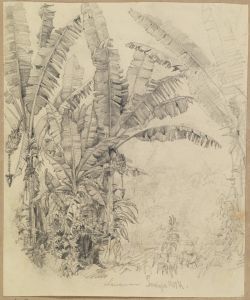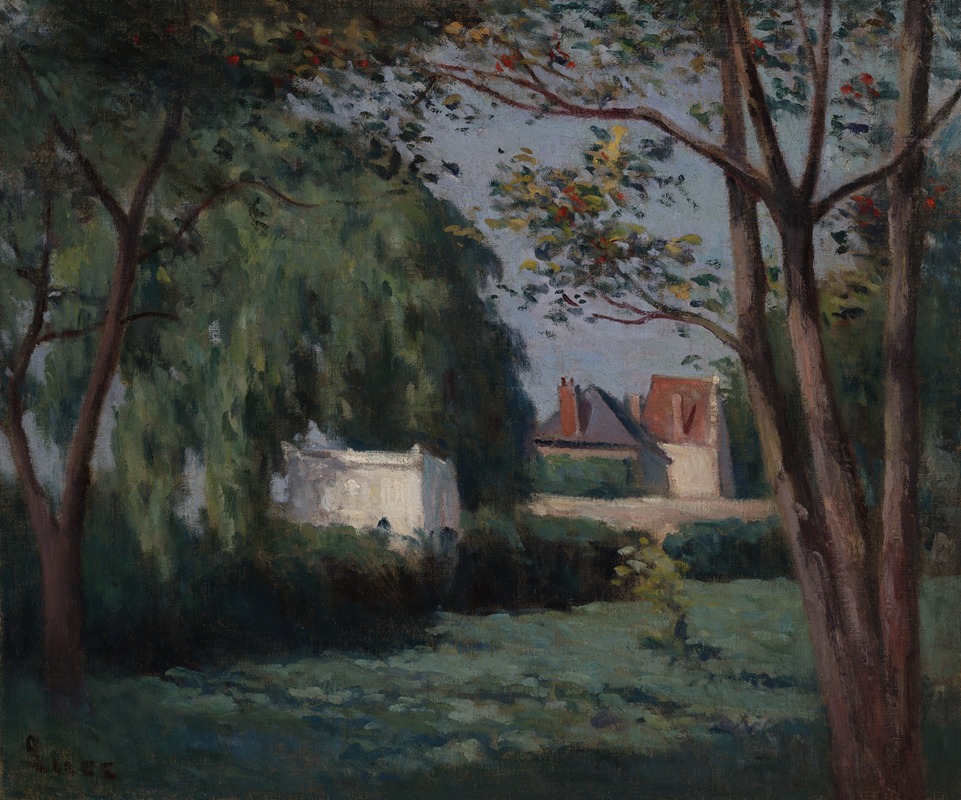
Country Scene with Three Houses and Trees
A hand-painted replica of Maximilien Luce’s masterpiece Country Scene with Three Houses and Trees, meticulously crafted by professional artists to capture the true essence of the original. Each piece is created with museum-quality canvas and rare mineral pigments, carefully painted by experienced artists with delicate brushstrokes and rich, layered colors to perfectly recreate the texture of the original artwork. Unlike machine-printed reproductions, this hand-painted version brings the painting to life, infused with the artist’s emotions and skill in every stroke. Whether for personal collection or home decoration, it instantly elevates the artistic atmosphere of any space.
Maximilien Luce (1858-1941) was a French Neo-Impressionist artist known for his contributions to the Pointillist movement, which was pioneered by Georges Seurat and Paul Signac. Luce's work often depicted scenes of everyday life, landscapes, and urban settings, characterized by his meticulous technique of applying small, distinct dots of color to form an image. One of his notable works is "Country Scene with Three Houses and Trees."
"Country Scene with Three Houses and Trees" is a painting that exemplifies Luce's mastery of the Pointillist technique. The painting captures a serene rural landscape, featuring three houses nestled among lush trees. The composition is balanced and harmonious, with the houses positioned in a way that draws the viewer's eye across the canvas. The trees are depicted with a variety of green hues, creating a sense of depth and texture. The sky above is rendered in soft blues and whites, suggesting a calm, clear day.
Luce's use of color in this painting is particularly noteworthy. By applying small dots of pure color side by side, he allows the viewer's eye to blend the colors optically, a technique that creates a vibrant and luminous effect. This method, known as Divisionism, was a hallmark of the Neo-Impressionist style and is evident in the way Luce captures the light and atmosphere of the countryside.
The painting reflects Luce's interest in the natural world and his ability to convey the tranquility and beauty of rural life. Unlike some of his contemporaries who focused on the bustling energy of urban scenes, Luce often turned his attention to quieter, more pastoral settings. This choice of subject matter, combined with his technical skill, makes "Country Scene with Three Houses and Trees" a significant example of his work.
Maximilien Luce was also known for his political activism and his commitment to social causes. He was an anarchist and his political beliefs often influenced his art. While "Country Scene with Three Houses and Trees" does not overtly convey a political message, it can be seen as part of Luce's broader body of work that reflects his concern for the lives of ordinary people and the beauty of their surroundings.
Throughout his career, Luce remained dedicated to the principles of Neo-Impressionism, even as other artists moved away from the style. His work continued to evolve, but he always maintained a focus on light, color, and the depiction of everyday life. "Country Scene with Three Houses and Trees" is a testament to his enduring commitment to these ideals.
In summary, "Country Scene with Three Houses and Trees" by Maximilien Luce is a beautiful example of Neo-Impressionist art. Through his use of the Pointillist technique, Luce captures the peaceful essence of a rural landscape, showcasing his skill in color and composition. The painting stands as a significant piece within Luce's oeuvre, reflecting both his artistic talent and his appreciation for the natural world.





